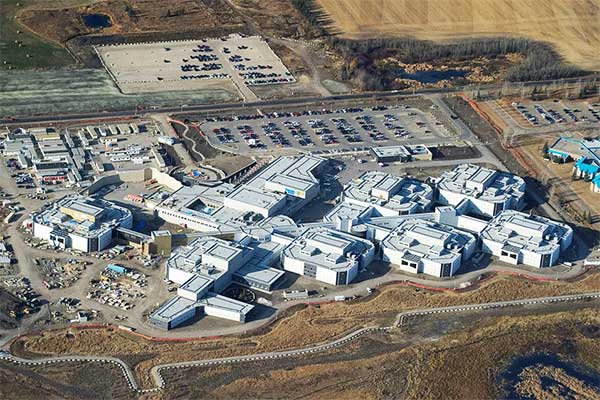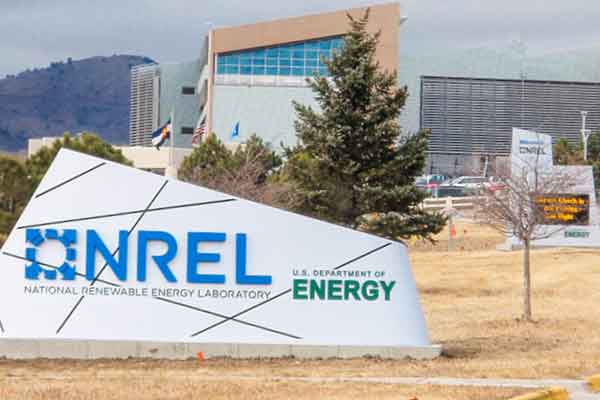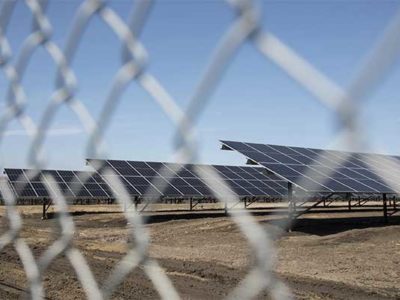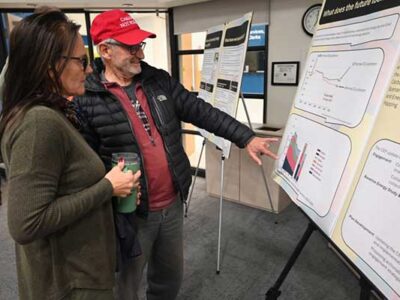- Alberta is budgeting up to C$50 million to install solar arrays at five jails in Edmonton and Calgary.
- The installations are expected to offset 80% of each facility’s power use, with energy savings projected at C$1 million per year.
- The project would be Canada’s first large-scale correctional solar initiative, as U.S. states like California and Connecticut already lead with similar models.
Alberta is moving ahead with plans to install solar panels at five provincial correctional facilities, aiming to offset up to 80% of their electricity use and reduce annual energy costs by roughly CAD $1 million.
The initiative, still in early planning stages, has a preliminary budget estimate of between CAD $10 million and CAD $50 million, according to a procurement document released by the provincial government. Bidding is expected to open later this year or in early 2026.
Location. Location. Location.
“The significant amount of underutilized, non-agricultural land on these sites presents an ideal opportunity for ground-mounted solar installations,” said Michael Kwas, press secretary for Infrastructure Minister Martin Long. While the specific sites have not been confirmed, two facilities are located in the Edmonton area and three near Calgary.
Alberta’s Edmonton jails use around 11,500 megawatt-hours of electricity annually, while Calgary’s consume about 6,300 megawatt-hours—roughly equivalent to the power needs of over 2,500 Alberta homes, based on average residential usage provided by ATCO.
The project would mark the largest solar deployment on government-owned buildings in the province. While some smaller renewable installations already exist, none match the expected scale of the correctional center arrays.
A Canadian First?
Environmental advocates cautiously welcomed the move. “If Alberta ends up being the first jurisdiction in Canada to put solar on prisons, that’s a good signal,” said Stephen Legault of Environmental Defence. “It shows there’s some rational thinking about the energy future inside government.”
Currently, no federal correctional facilities in Canada run on solar, according to Public Safety Canada.
South of the border, solar energy is already helping power several U.S. jails. Connecticut recently added arrays to seven of its correctional institutions, and California’s Santa Rita Jail was home to the largest jail-based solar array in the country when it was built in the early 2000s.
Shift in Alberta’s Energy Politics
The decision comes just a year after Alberta’s United Conservative government imposed a moratorium on new approvals for large-scale wind and solar farms. That moratorium ended in early 2024, but new rules now restrict where projects can be built—limitations that do not appear to apply to government-owned sites like correctional facilities.
Kwas said the ministry remains focused on finding cost-saving measures with environmental benefits. For Legault, it’s a step in the right direction. “Renewables don’t have to be political. They can be practical,” he said.















Comments